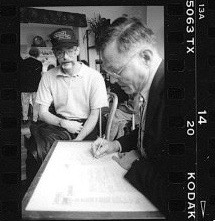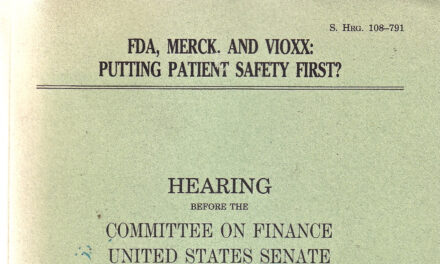Dr. Siddhatha Mukherjee —author of “The. Emperor of Maladies: A Biography of Cancer” and “The Gene: An Intimate History”— had this to say in an essay in the NY Times Sunday Magazine 9/9/18:
Over the years, as the discipline of medicine moved concertedly from descriptive to mechanistic, from observational to explanatory and from anecdotal to statistical, the case study fell out of favor. As doctors, we began to prioritize modes of learning that depended on experiments and objectivity. Our journals filled up with studies on drugs — often funded by drug companies — that had disembodied subjects lumped into “experimental” and “control.” Observation, we thought, was just the prelude to experimentation and explanation; of what use was a descriptive study unless it could help explain some principle of physiology, or be somehow incorporated into an objective (preferably randomized) trial? In 2003, the editor of The British Journal of Psychiatry, announcing his retirement, fired a parting shot. “I hastened the demise of the case report, to exclude what I see as psychiatric trivia,” he wrote.
The reaction was swift. Several doctors sent furious letters to the journal. “This is a cameo of the polarity that exists between academic, research-oriented psychiatrists and those clinicians who provide the bulk of the service,” one psychiatrist wrote. “The nomothetic approach takes precedence, while the detailed study of an individual patient is marginalized as trivia.” But the editor’s stance reflected a general sentiment that was sweeping through the medical world.
Medical “trivia” (the woman who saw dragonlike faces; the man who mistook his wife for a hat), it seemed, had no place in the pages of scientific journals. Anecdotal, observational and descriptive (all disparaging words in this new era of scientific medicine) case studies lacked rigor and explanatory power; they were just-so stories that might entertain but could not teach. If they were to be published, they would have to serve as illustrative tools to teach generalizable principles of diagnosis and pathophysiology. The descriptions turned stilted and formal. Open ends were forced shut: Rarely could a case be presented without a neatly packaged diagnosis — the rabbit pulled out of the hat.





